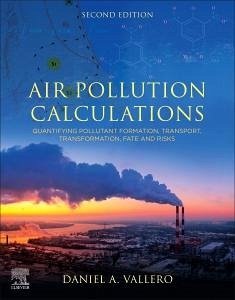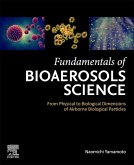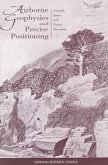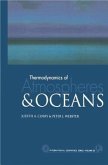Air Pollution Calculations: Quantifying Pollutant Formation, Transport, Transformation, Fate and Risks, Second Edition enhances the systems science aspects of air pollution, including transformation reactions in soil, water, sediment and biota that contribute to air pollution. This second edition will be an update based on research and actions taken since 2019 that affect air pollution calculations, including new control technologies, emissions measurement, and air quality modeling. Recent court cases, regulatory decisions, and advances in technology are discussed and, where necessary, calculations have been revised to reflect these updates. Sections discuss pollutant characterization, pollutant transformation, and environmental partitioning. Air partitioning, physical transport of air pollutants, air pollution biogeochemistry, and thermal reactions are also thoroughly explored. The author then carefully examines air pollution risk calculations, control technologies and dispersion models. The text wraps with discussions of economics and project management, reliability and failure, and air pollution decision-making.








